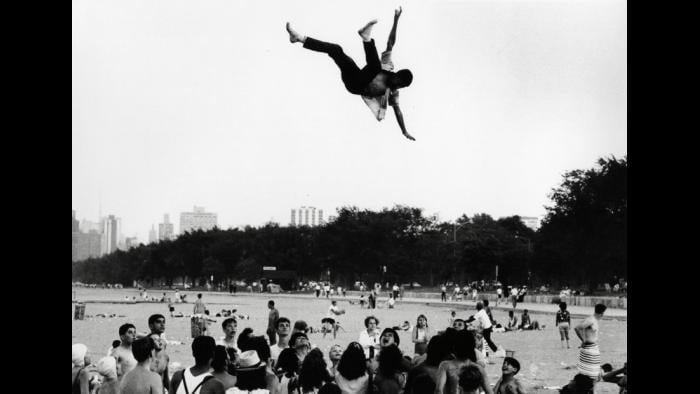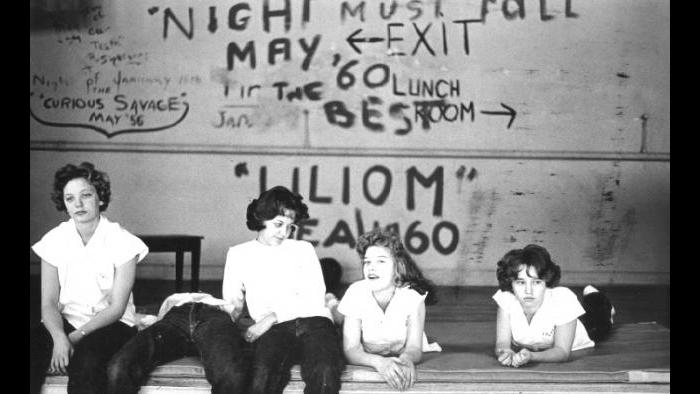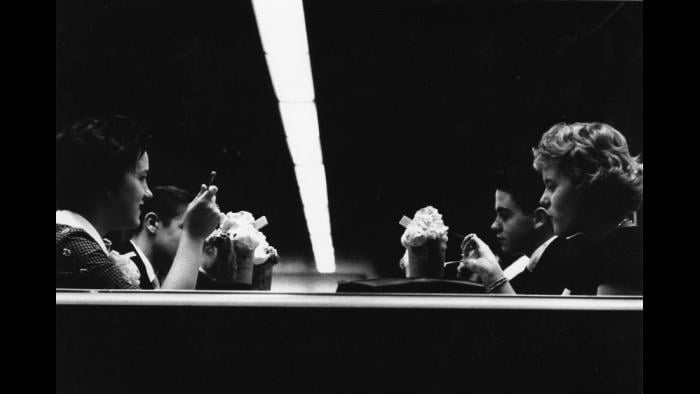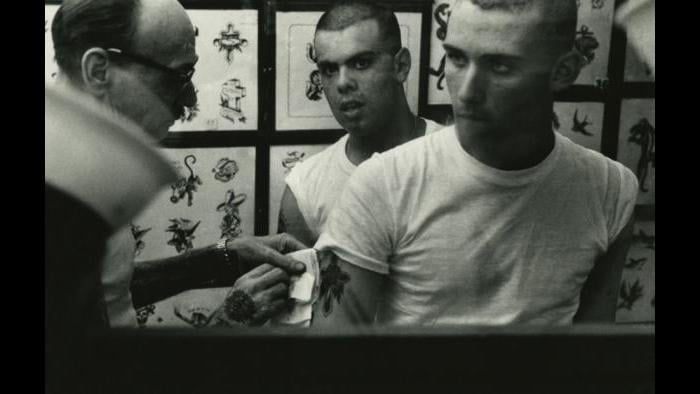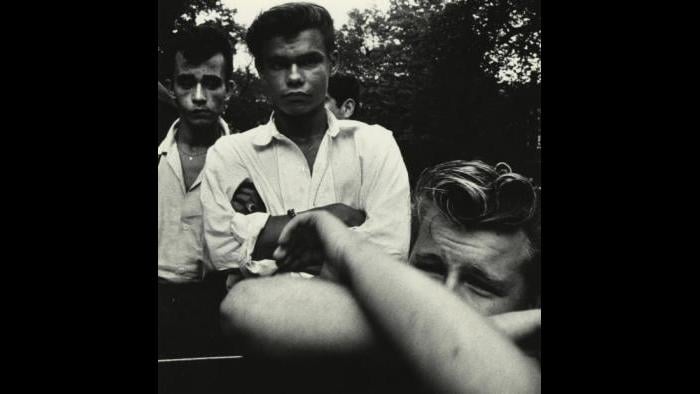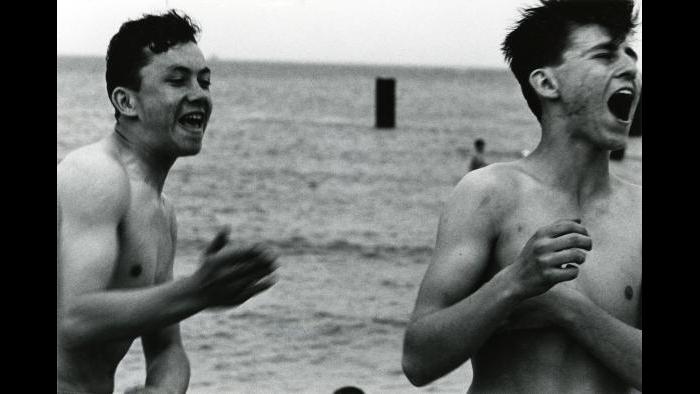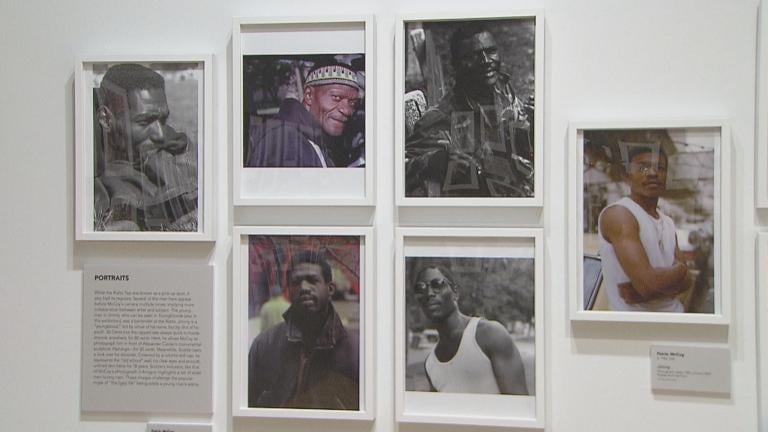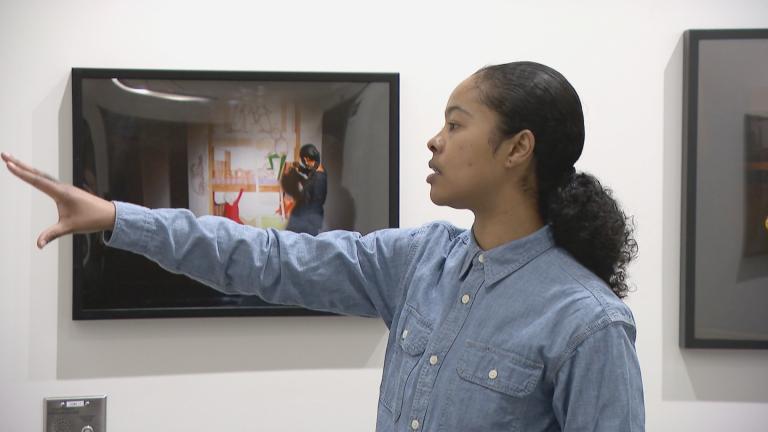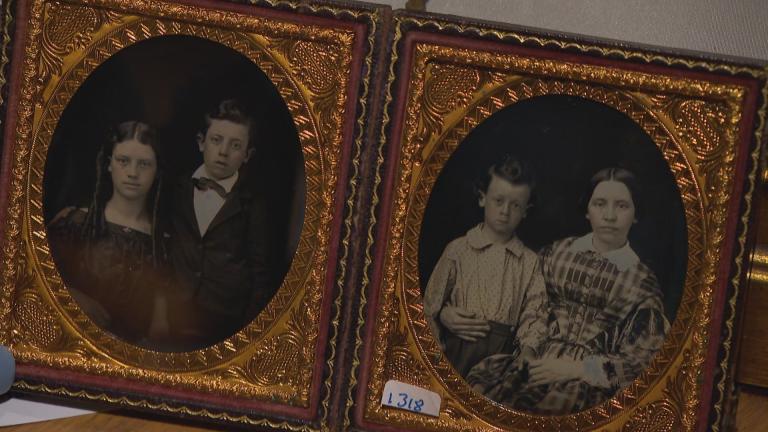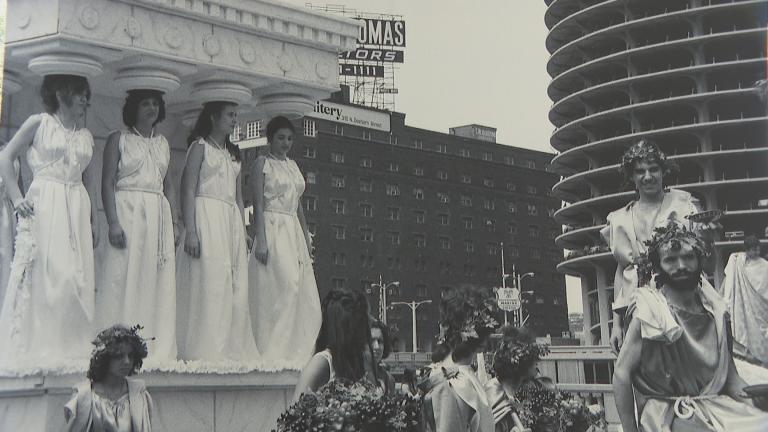It was the dawn of rock ‘n’ roll 60 years ago, and a young photography student aimed his camera at Chicago teenagers. His name was Joseph Sterling, and we visited an old classmate of his for a closer look at the process of capturing youth culture and Chicago in the mid-20th century.
TRANSCRIPT
Paris Schutz: Joe Sterling wasn’t much older than his subjects in the late 1950s.
That’s when he embedded himself in groups of Chicago teenagers to document their rebellious lifestyle.
The photos he took became his master’s thesis at Chicago’s Institute of Design. They were later published as a book called “The Adolescent Comedy.”
In 2005, the native Texan visited the WTTW studios and talked about moving to Chicago to get his education.
Joseph Sterling (archival footage): I came to the school, the Institute of Design here, and we studied not only photography but art and design, sculpture and so forth. I was so thankful not to just be totally confined to photography.
Most of the kids were really – you know I think I was so young-looking at the time, I was almost a teenager myself.
Schutz: Joseph Sterling died in 2010 at the age of 74.
Bob Tanner was Sterling’s classmate. A noted photographer himself, he runs Perspective Gallery in Evanston.
Bob Tanner, photographer: Joe and I actually came to the Institute of Design on the exact same day. And we became friends. Every once in a while we would go on a field trip, and that’s when we would photograph together. We’d go to Joliet or someplace downstate or up north.
Schutz: Some of those early explorations of Chicago and the region were recently rediscovered.
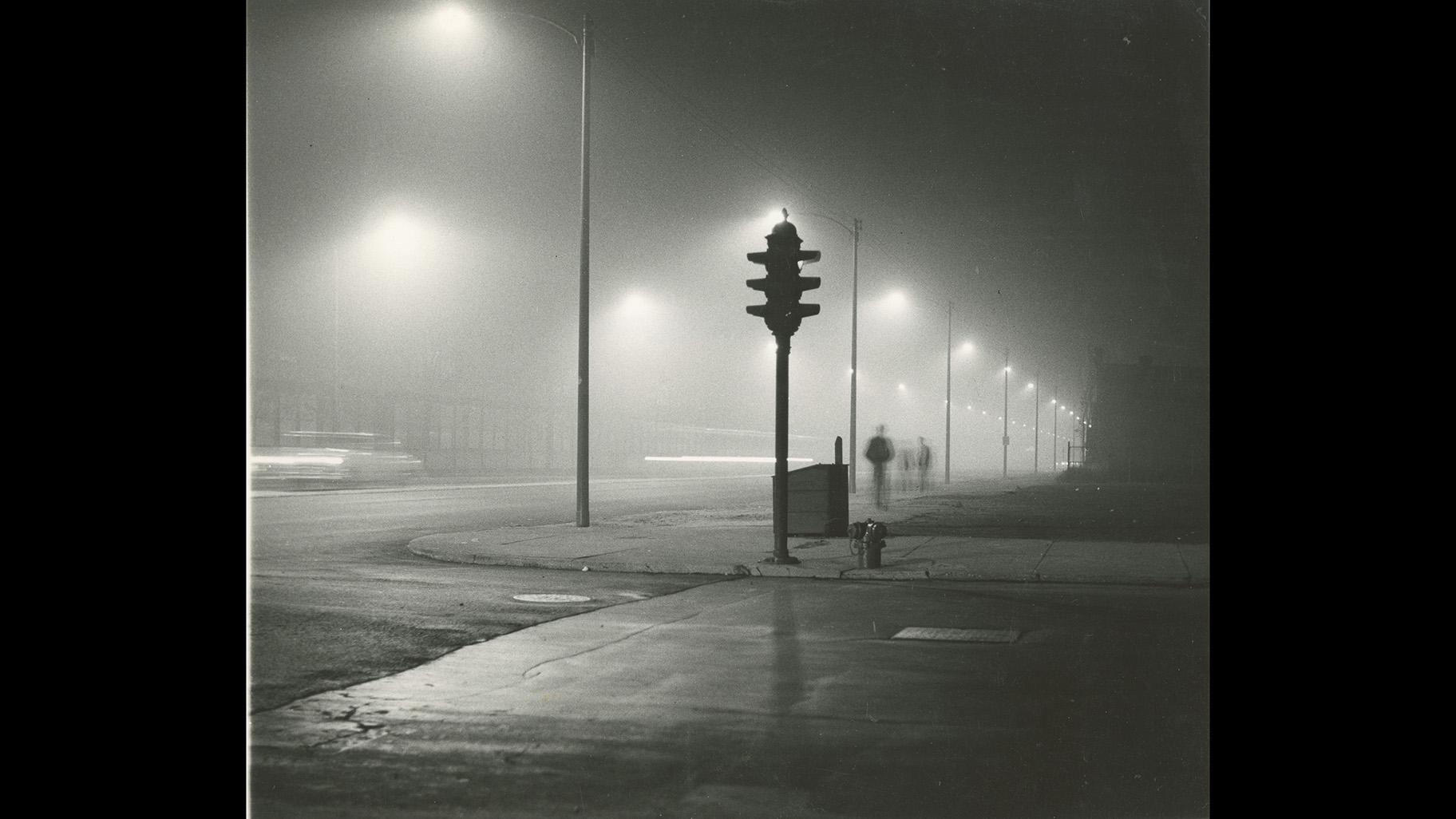 Photographs from the Archive of Joseph Sterling (Courtesy Stephen Daiter Gallery)
Photographs from the Archive of Joseph Sterling (Courtesy Stephen Daiter Gallery)
Stephen Daiter, Stephen Daiter Gallery: We worked with Joe for the last 10 years or more of his life.
After he passed way, his wife had us over, wanted us to engage with more of the work that we had not known existed.
We discovered, sometime in the last six to 12 months, five or six boxes of prints that were made during his student days, and we had not seen any of these pieces before.
When we looked at the work, my gallery director and I just were very surprised to see the breadth and depth of the work.
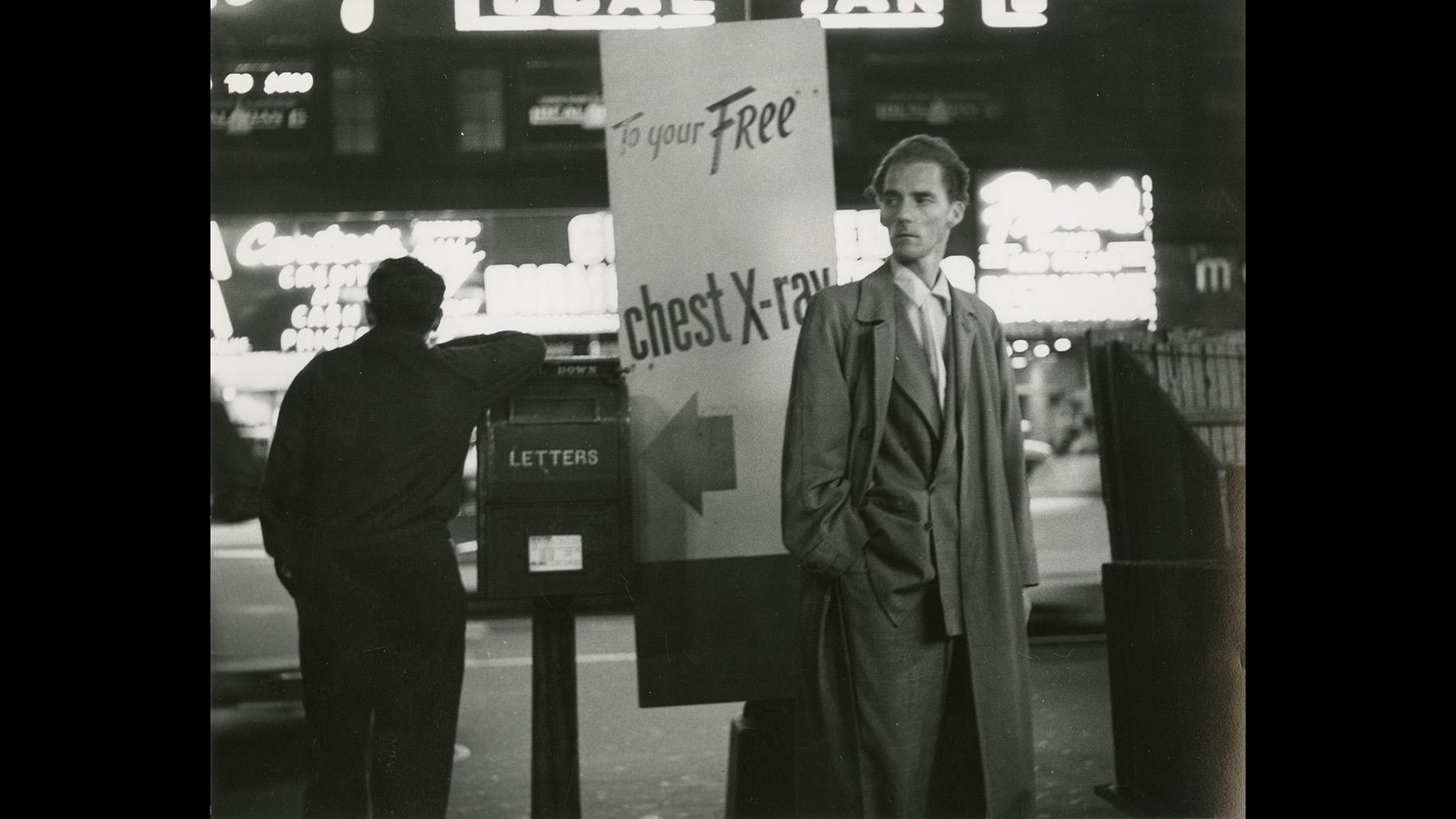 Photographs from the Archive of Joseph Sterling (Courtesy Stephen Daiter Gallery)
Photographs from the Archive of Joseph Sterling (Courtesy Stephen Daiter Gallery)
Schutz: Joe Sterling’s teacher at the time was the renowned photographer Aaron Siskind.
Tanner: Aaron was the one who really worked with him, looking at his prints and helping him, and guiding him.
Daiter: He had a strong sense of design and composition. He was able to see something that was deeper than the surface.
It was very gratifying for us when we saw this body of work that we were unfamiliar with, and we were also gratified that it was very strong work.
 Photographs from the Archive of Joseph Sterling (Courtesy Stephen Daiter Gallery)
Photographs from the Archive of Joseph Sterling (Courtesy Stephen Daiter Gallery)
Tanner: Joe was a very sensitive photographer, all the time.
I think part of it was that he saw himself in a lot of the pictures that he took.
Schutz: Some of those pictures have been licensed for everything from wine bottle labels to book covers.
Others are in the collection of the Art Institute.
Back in 2005, we asked Joe Sterling the secret of a good photograph.
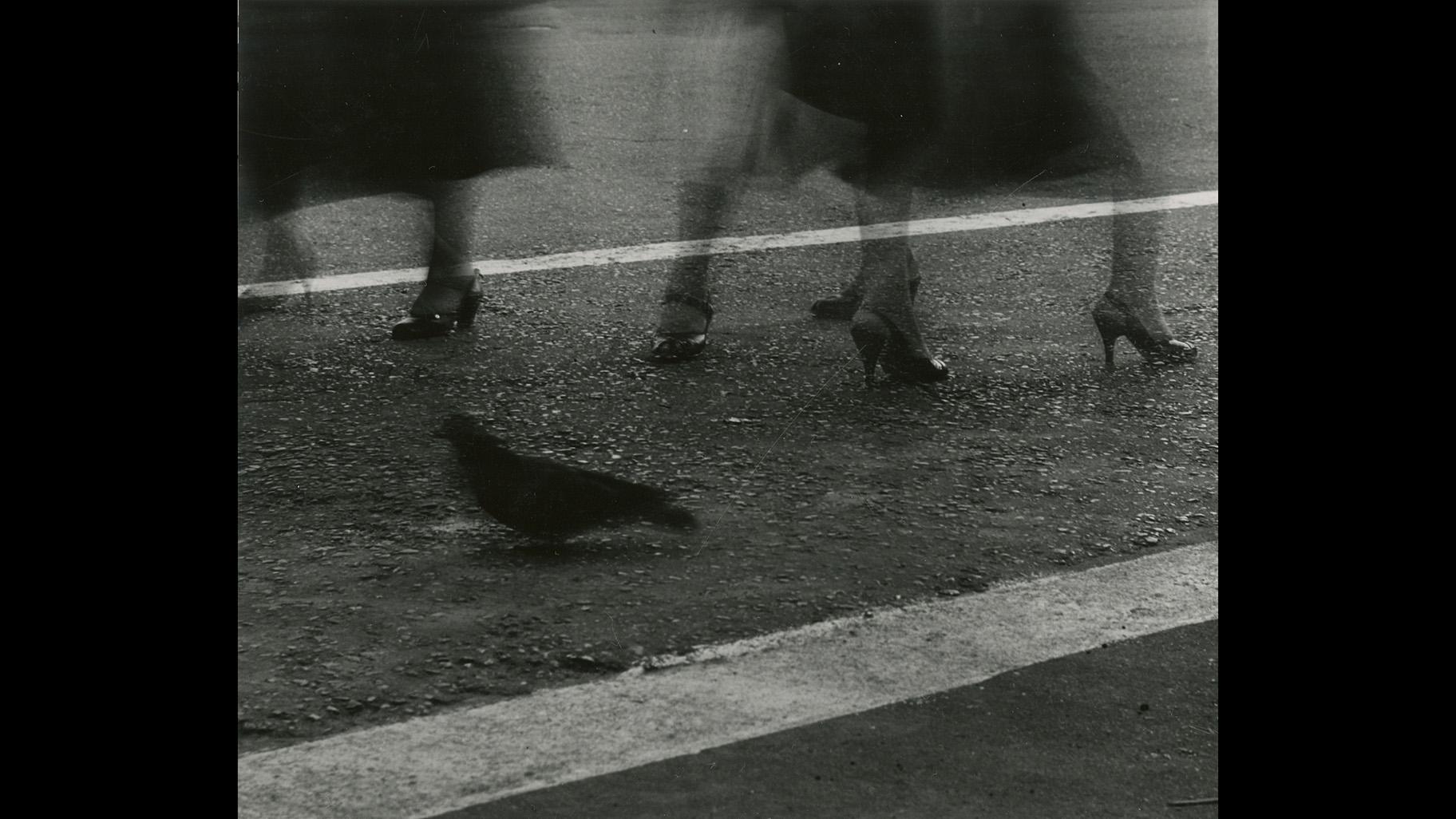 Photographs from the Archive of Joseph Sterling (Courtesy Stephen Daiter Gallery)
Photographs from the Archive of Joseph Sterling (Courtesy Stephen Daiter Gallery)
Sterling (archival footage): I don’t know what makes a good picture, but I know that it’s something that grabs you and keeps you.
After earning his master’s at the Institute of Design, Joseph Sterling stayed in Chicago, photographed for magazines and established the photography department at Columbia College.
The show of his recently discovered photos is called “Early and Unknown: Photographs from the Archive of Joseph Sterling.” It’s at the Stephen Daiter Gallery through Feb. 29.
And in case you’re wondering, his photographs sell for around $3,000 apiece.
Note: This story was first published Dec. 26, 2019.
Related stories:
Commercial Photographer’s Archive Shows Passion for People
‘Memory Unearthed’ Shines Light on a Dark Chapter of WWII
Acclaimed Photographer Recalls Learning His Trade in Chicago 70 Years Ago

